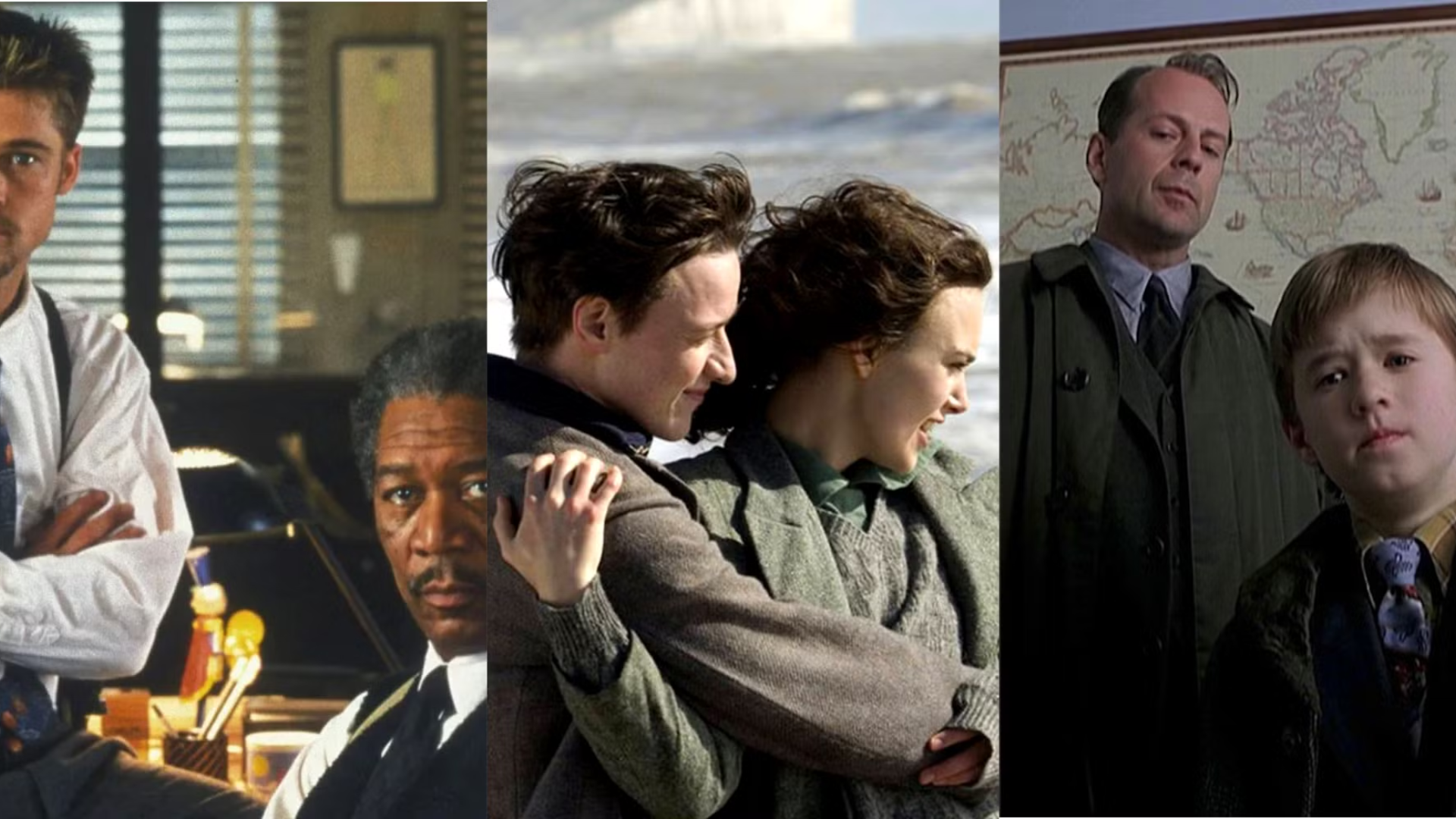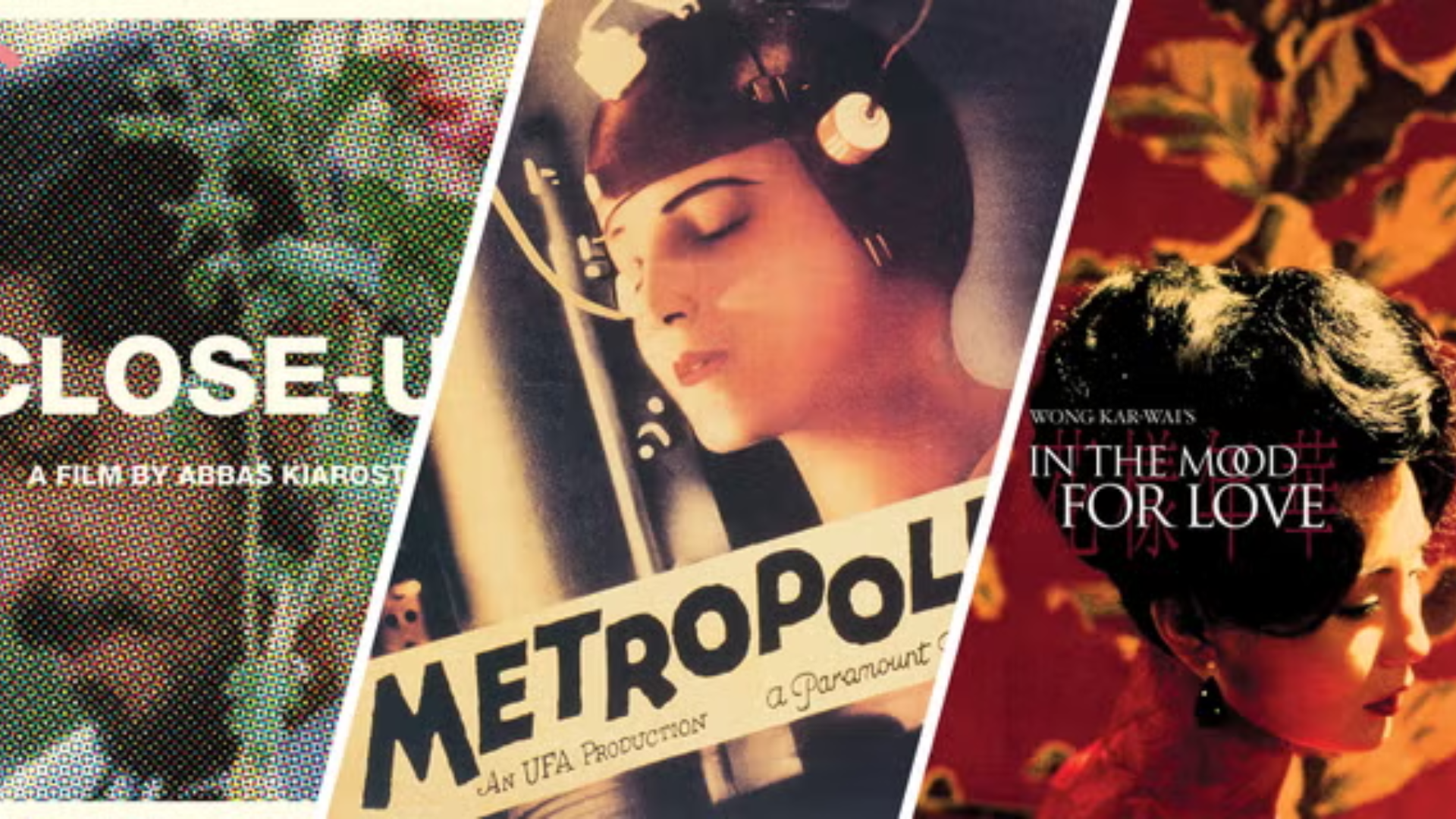Why Classic Movies Still Dominate the Film Industry
Introduction:
Classic movies have an enduring legacy in the world of cinema. From their captivating storytelling to their groundbreaking visuals, these films continue to influence modern filmmaking and shape the entertainment industry. Even in an age of digital technology, streaming platforms, and big-budget blockbusters, classic movies still maintain a powerful presence in the film industry. In this article, we explore why classic movies still dominate the film industry and what makes these timeless films continue to captivate audiences across generations.
1. Why Classic Movies Still Dominate the Film Industry – Timeless Storytelling That Transcends Generations
One of the key reasons classic movies remain so influential is their ability to tell stories that resonate across generations. These films often explore universal themes—love, loss, ambition, and human nature—that are just as relevant today as they were when they were made. Movies like Gone with the Wind (1939), Casablanca (1942), and Citizen Kane (1941) have timeless narratives that continue to resonate with audiences around the world.
Even as society changes, the emotional core of these stories remains unchanged. Classic films have an enduring appeal because their storytelling transcends time, culture, and language.
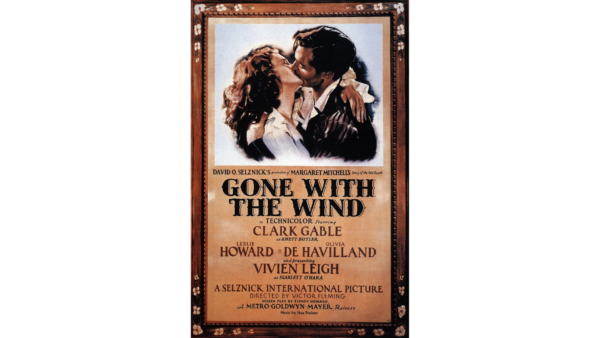
Image Alt Text: Gone with the Wind movie poster featuring the timeless love story.
2. Why Classic Movies Still Dominate the Film Industry – Iconic Performances That Set Standards for Acting
The performances in classic movies have set the bar for acting, with legendary actors like Humphrey Bogart, Katharine Hepburn, James Stewart, and Audrey Hepburn delivering unforgettable roles that have stood the test of time. These actors created characters that are now ingrained in popular culture, inspiring generations of filmmakers and actors.
The dedication and passion these actors brought to their roles have influenced how modern performances are approached. Today, we still look back at these legendary performances to understand how actors can connect with their audience and make their characters unforgettable.
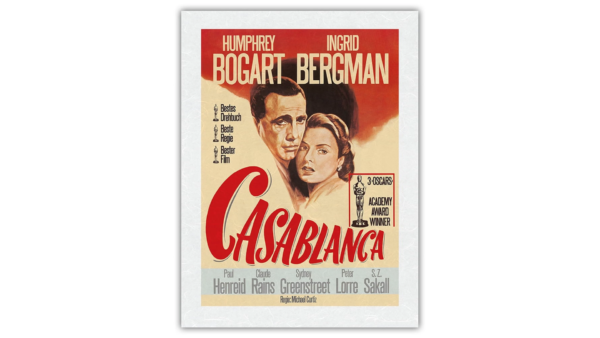
Image Alt Text: Casablanca movie poster with iconic Humphrey Bogart and Ingrid Bergman.
3. Why Classic Movies Still Dominate the Film Industry – Groundbreaking Filmmaking Techniques and Innovation
Classic movies often pushed the boundaries of filmmaking technology and technique. For example, the visual effects in King Kong (1933) were groundbreaking for their time, creating the giant ape that audiences had never seen before. Citizen Kane introduced innovative camera angles and techniques that would influence filmmakers for decades to come.
Even in today’s world of CGI and advanced technology, filmmakers still look to the past for inspiration. The way directors such as Alfred Hitchcock, Stanley Kubrick, and Orson Welles crafted suspense, cinematography, and visual storytelling continues to inspire modern filmmaking techniques.
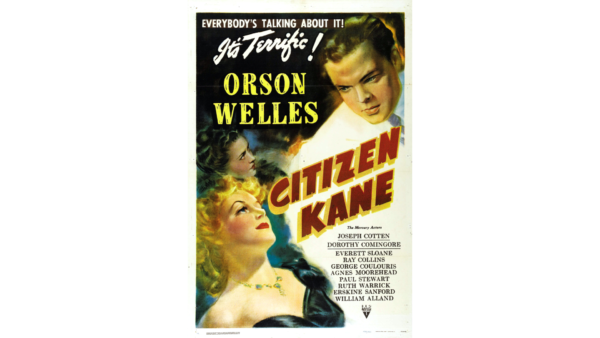
Image Alt Text: Citizen Kane movie poster with Orson Welles’ innovative filmmaking techniques.
4. Why Classic Movies Still Dominate the Film Industry – Cultural Impact and Legacy
Classic films are not just cinematic achievements—they are cultural touchstones. These films have helped define the cultural zeitgeist of their time and continue to have a significant impact on modern media. Iconic lines from The Godfather (1972), Gone with the Wind (1939), and The Wizard of Oz (1939) are still quoted in popular culture today.
Classic films have also been referenced, parodied, and celebrated in numerous ways, keeping them relevant and present in modern culture. Their influence extends beyond film, impacting music, television, literature, and even fashion.

Image Alt Text: The Godfather movie poster with Marlon Brando’s iconic role.
5. Why Classic Movies Still Dominate the Film Industry – Enduring Cinematic Styles That Shape Modern Films
The aesthetic of classic movies—from their set designs to costume choices and lighting—continues to inspire filmmakers today. The romanticized lighting and mood of Breakfast at Tiffany’s (1961) or the film noir style in The Maltese Falcon (1941) remain influential in how films are shot today.
Filmmakers often look back at these earlier styles to incorporate them into contemporary projects, blending the old with the new. The sense of elegance, craftsmanship, and attention to detail that defines many classic films remains a model for aspiring filmmakers.
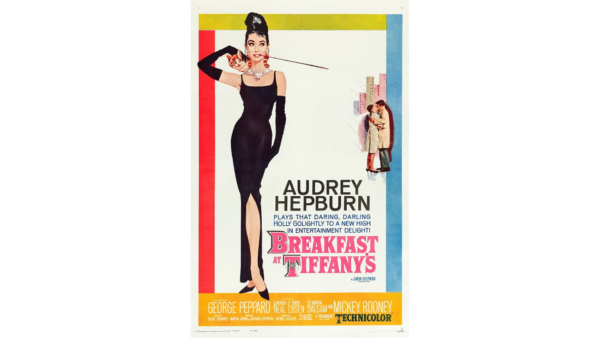
Image Alt Text: Breakfast at Tiffany’s movie poster with Audrey Hepburn’s iconic role.
6. Why Classic Movies Still Dominate the Film Industry – The Rise of Film Preservation and Accessibility
With the advent of digital technology and streaming platforms, classic movies have become more accessible than ever before. Film preservation initiatives and digital restoration techniques have ensured that these films can be enjoyed by new generations of viewers, with pristine copies available for streaming on platforms like Netflix, Amazon Prime, and Disney+.
This renewed accessibility has allowed classic films to reach wider audiences globally, keeping them alive and relevant in the digital age. Younger generations are discovering these timeless gems, and many are seeking out the origins of modern film techniques and storytelling.
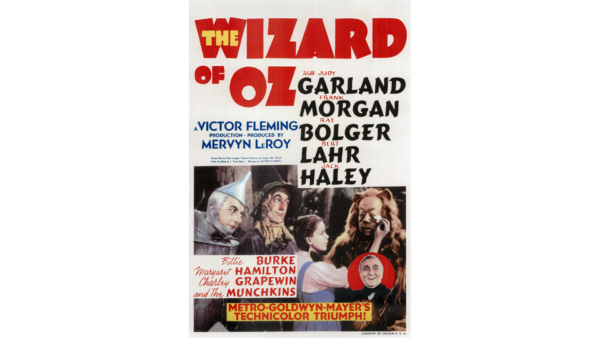
Image Alt Text: The Wizard of Oz movie poster with Judy Garland in a classic fantasy role.
7.Why Classic Movies Still Dominate the Film Industry – Nostalgia and Emotional Connection
There’s a unique sense of nostalgia that comes with classic films. For many, these films represent a simpler time, a more innocent era, or a glimpse into the past. Watching these movies evokes feelings of warmth and sentimentality, often providing comfort and a sense of connection to history.
For modern filmmakers, the emotional connection that classic films create is something to emulate. Whether it’s a timeless love story or a dramatic portrayal of the human condition, these films continue to resonate deeply with audiences, making them as powerful today as when they were first released.
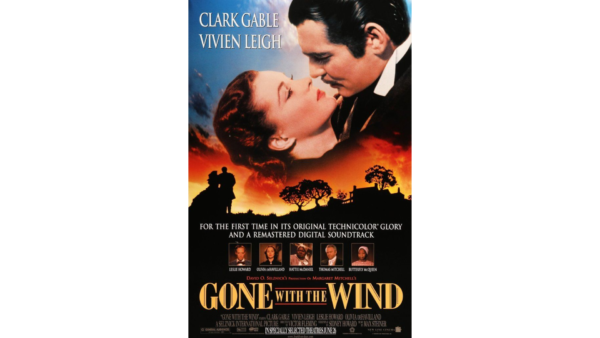
Image Alt Text: Gone with the Wind movie poster showcasing the classic drama of love and loss.
Conclusion
Classic movies have stood the test of time for a reason. They are not just films—they are works of art that have shaped modern cinema, influenced generations of filmmakers, and captured the hearts of viewers across the world. Whether through their groundbreaking storytelling, memorable performances, or lasting cultural impact, these films continue to dominate the film industry and inspire audiences and filmmakers alike.
If you’re looking to dive deeper into the world of classic cinema or explore more film-related content, be sure to visit our website for more insights.


